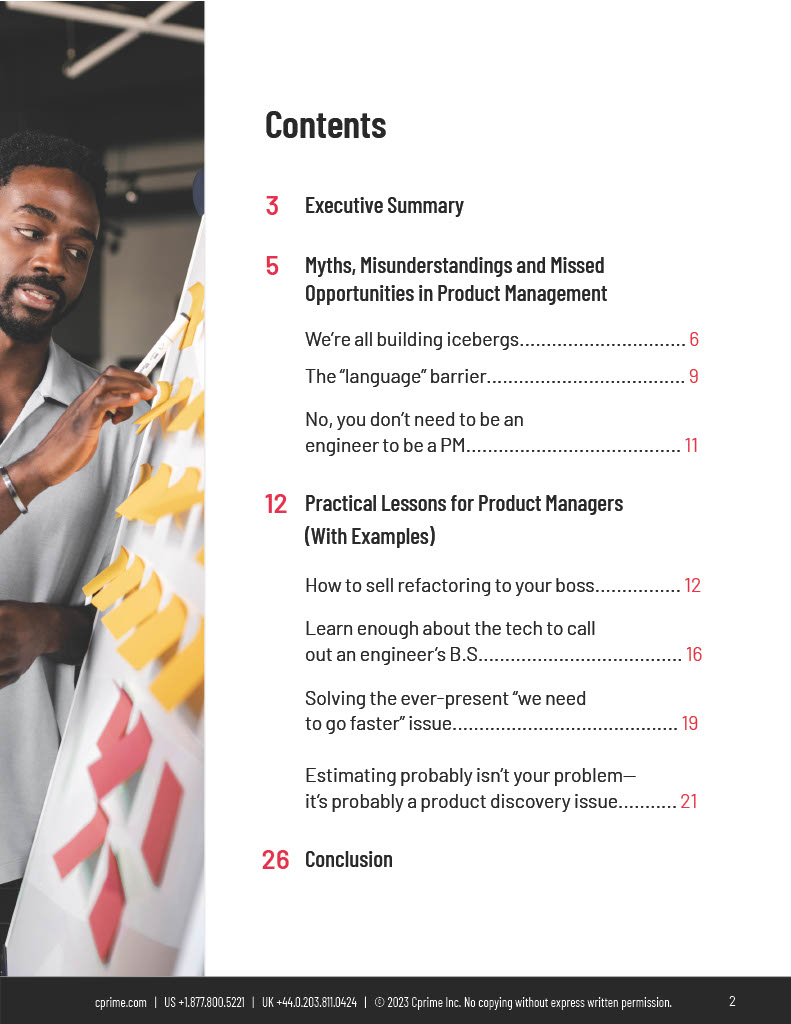Competitive pressure Despite such a strong and storied position as a consumer goods leader, this…

The Non-Technical Product Manager’s Guide to Technical Product Management
Executive Summary
- Why is everything moving so slow?
- Why are the engineers not finishing the work that’s planned? (Only five stories in a week? Really?!)
- Why can’t they answer these questions without resorting to a bunch of technical mumbo jumbo?
This paper is geared toward Product Managers (PMs) in the software space who want to maximize the value their teams are delivering across the whole product. That’s you, right? That’s all of us, really. It seems simplistic and obvious, but if you’re like me, you routinely run into roadblocks keeping you from achieving this basic and necessary goal.
The issue is especially difficult when the product isn’t a sexy mobile app with a gorgeous UI. In fact, your product may not have a UI at all. How do you go about effectively managing a product when you’re changing spark plugs (refactoring, for example) instead of applying a shiny new coat of paint (exciting new features)?
It took some time and some tough learning experiences (aka failing hard), but I’ve compiled some practical tips that I think will help you face and overcome these challenges so you can really bring your product management practice to the next level. I’ll be covering some myths, misunderstandings, and missed opportunities that are probably plaguing you daily. Then, I’ll drill down to some specific lessons and examples from my experience as a product manager and product agility consultant.
When you finish this paper, I hope you’ll:
- Understand why PMs must own the entire product—we need to understand how the tech affects the product and impacts the customer experience
- Learn how to converse with engineers intelligently and collaboratively about the technology (even if you’re not a former coder), and with executives about the business strategy
- Have a better grasp on product discovery, creating optimal backlogs for technical work, and organizing the full product development workflow around customer value
It should take you about 20 minutes to read the whole thing. But, I know you’re busy. Feel free to take it in chunks. So, let’s get started!
Download the white paper to keep reading! –>
Some of the images used were designed by freepik.com


